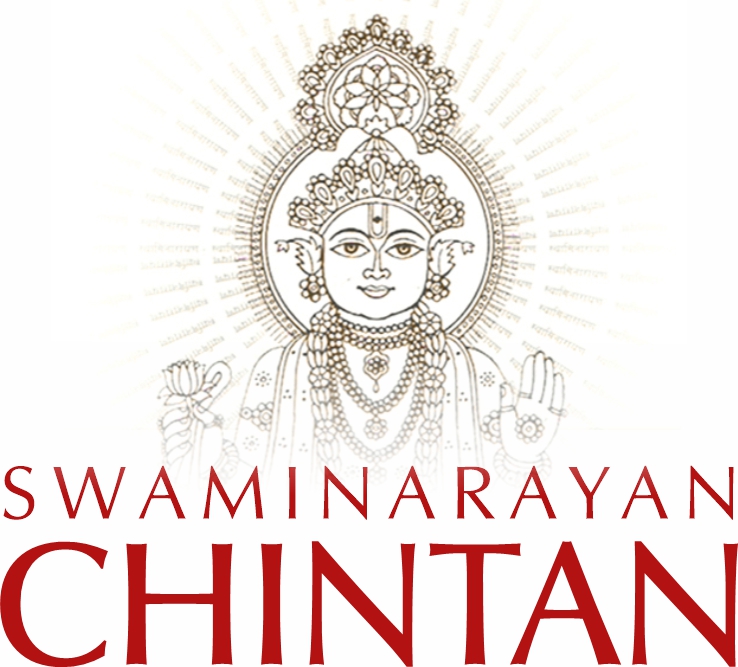Sadguru Nishkulanand Swami said “We can’t say if someone is good or bad by observing them externally. We must observe them with our inner eye.”
Indra, to verify the truth of Lord Brahmaji’s words, saw through his inner eye.
Brahmaji is his grandfather, who is a very great saint, and the Guru of all saints as well. Yet, to know the truth, Indra saw through different eyes—the eyes of scriptures.
He got curious about why the words of Lord Brahmaji don’t match with the scriptures.
Nishkulanand Swami says that the aspiring soul should always verify the words of a saint by crosschecking them with scriptures.
The inner eye here means the intelligence of knowing good and bad. That is the third eye which is beyond the two physical eyes. The power to know the difference between good and bad is the third eye. When we have our inner eye open, we need not approach someone else to verify the truth. We can verify it by ourselves.
There is an interesting story about the inner eye.
Once, there was a rich man who had only one son.
By destiny, as time passed, he began to lose all his riches. And, when his only son was fifteen years old, he passed away, unfortunately, with nothing much left behind for his wife and son. From then his wife ran the household with the leftover money.
One day, while cleaning up the house, they unexpectedly found some diamonds at a place.
Immediately they remembered the boy’s maternal uncle who was a jeweler and an expert in diamonds.
The mother told the boy, “Go and show these diamonds to your uncle and see if you can get some money. That will help us run our home,” and sent the boy and the diamonds to his uncle.
The boy went to his uncle and handed over the diamonds.
His uncle looked at the diamonds and said, “Son, not many people are buying diamonds these days. So, I may not be able to sell these and return the money to you. Instead, as you are in financial crisis, you can work at my store for a salary.”
The son went back home, handed over the diamonds to his mother, and came back to work at his uncle’s store.
Within two years of work at his uncle’s store, the boy became an expert on diamonds.
One day, while he was working, his uncle called him and said, “Son, right now is the market for diamonds. We can sell those diamonds you found in your home. Go get them.”
The boy went home and asked his mother for the diamonds. She took out the diamonds and handed them to him.
The boy looked at the diamonds and immediately threw them into the trash bin.
His mother was shocked and asked him the reason for throwing those diamonds into the trash bin.
He replied, “Mother, those are not real diamonds. They are fake and worthless diamonds.”
Then he returned to his uncle’s store.
When his uncle asked him about the diamonds, he replied, “Uncle, those were not real diamonds and so I threw them away.”
The uncle replied, “I knew they were fake when you first brought them to me. If I had told you they were fake, what would you and your mother have thought of me? You would have thought that I was taking advantage of you by taking away these diamonds for a cheaper price. Now that you know the difference between a pure diamond and a fake diamond, you will take the action by yourself.”
With an inner eye developed to determine if a diamond is real or fake, the boy doesn’t need anyone to make him understand the quality of a diamond.
Similarly, when we look through our inner eye, we don’t need other people to tell us what is right and what is wrong. We will intrinsically know the difference between right and wrong. The key is that our inner eye should be opened.
We can’t completely rely on the knowledge of someone else. Others can only give us some directions. We must know if our direction is right or not through our intelligence, the inner eye.
References:
- Chosathpadi Katha Part 13 (Pad 12).

